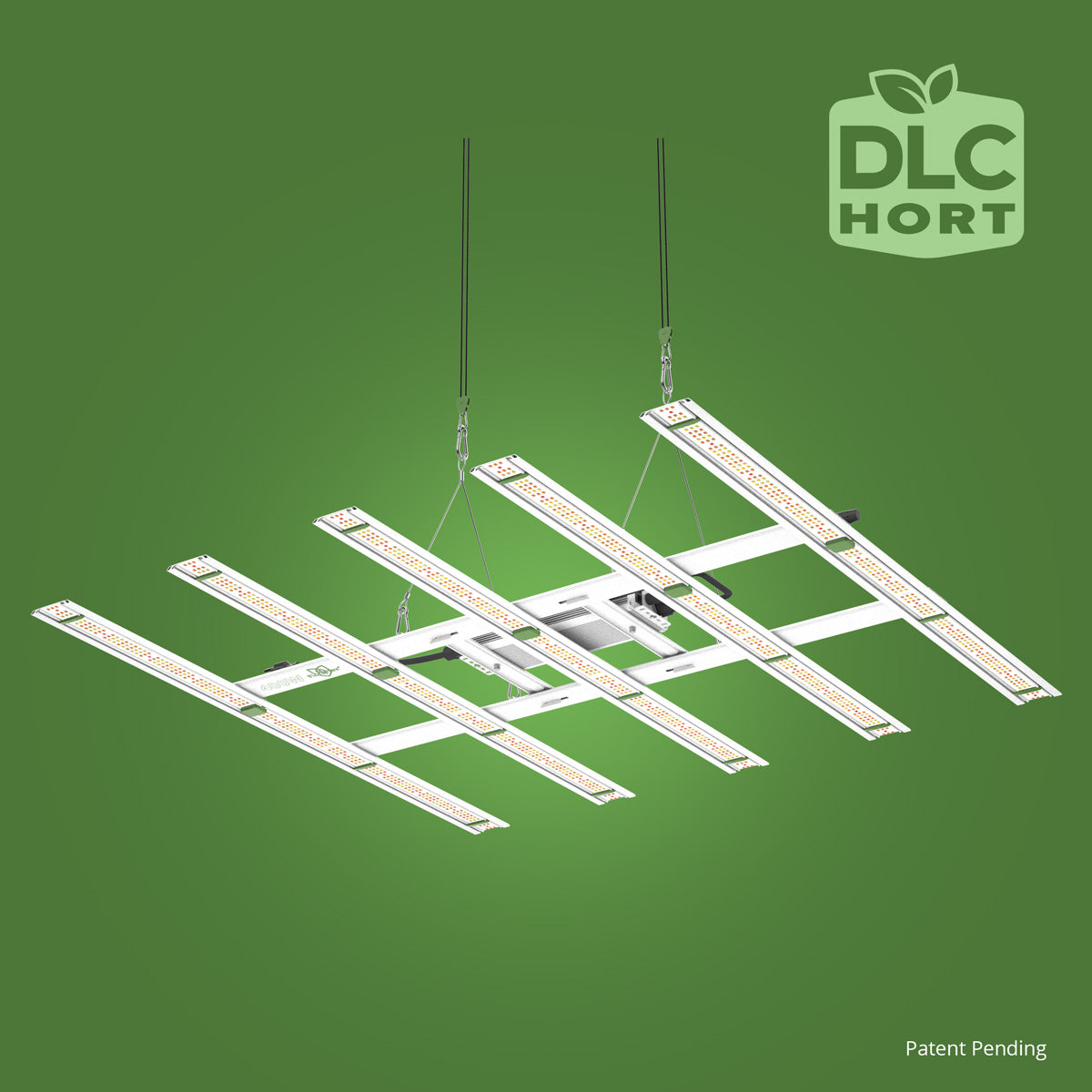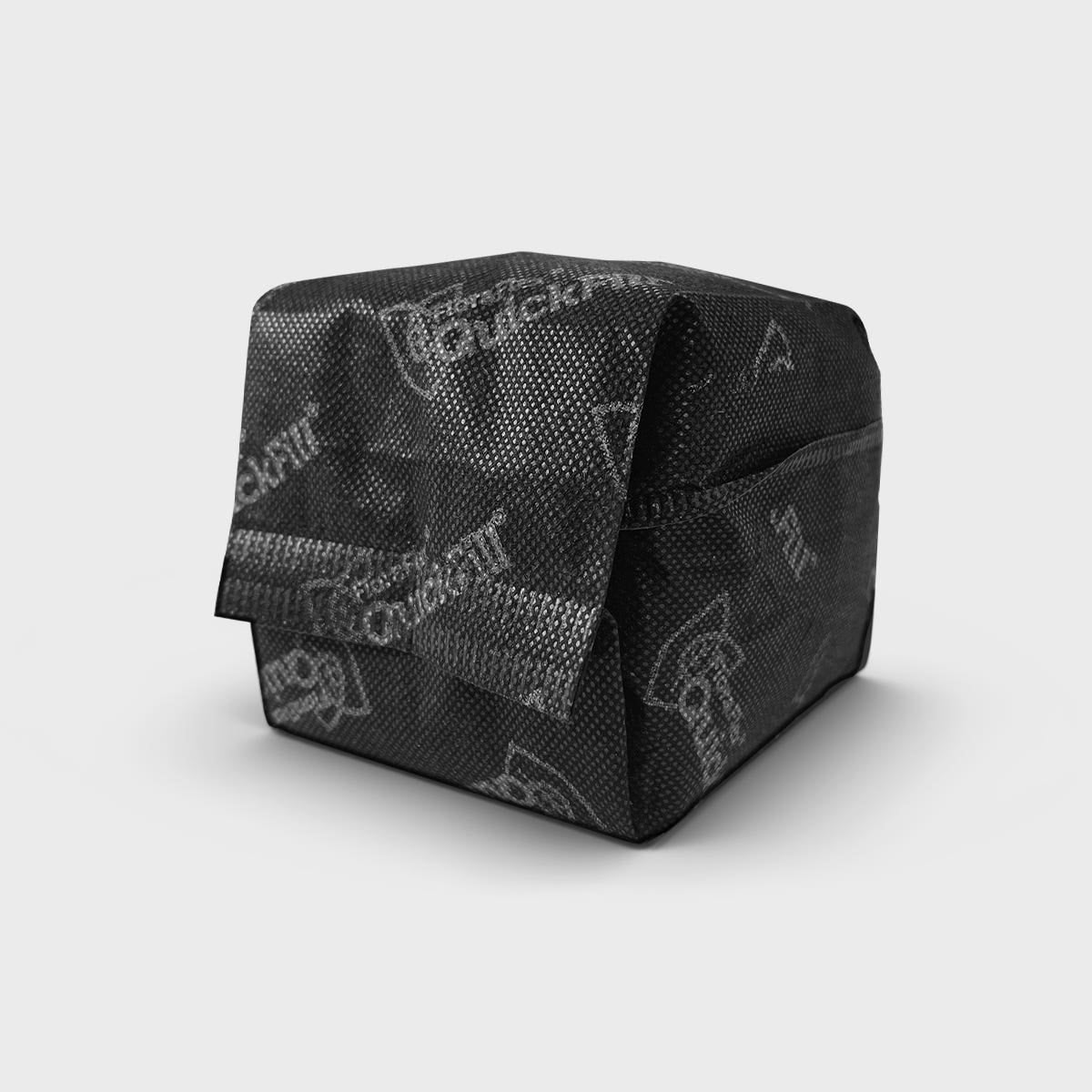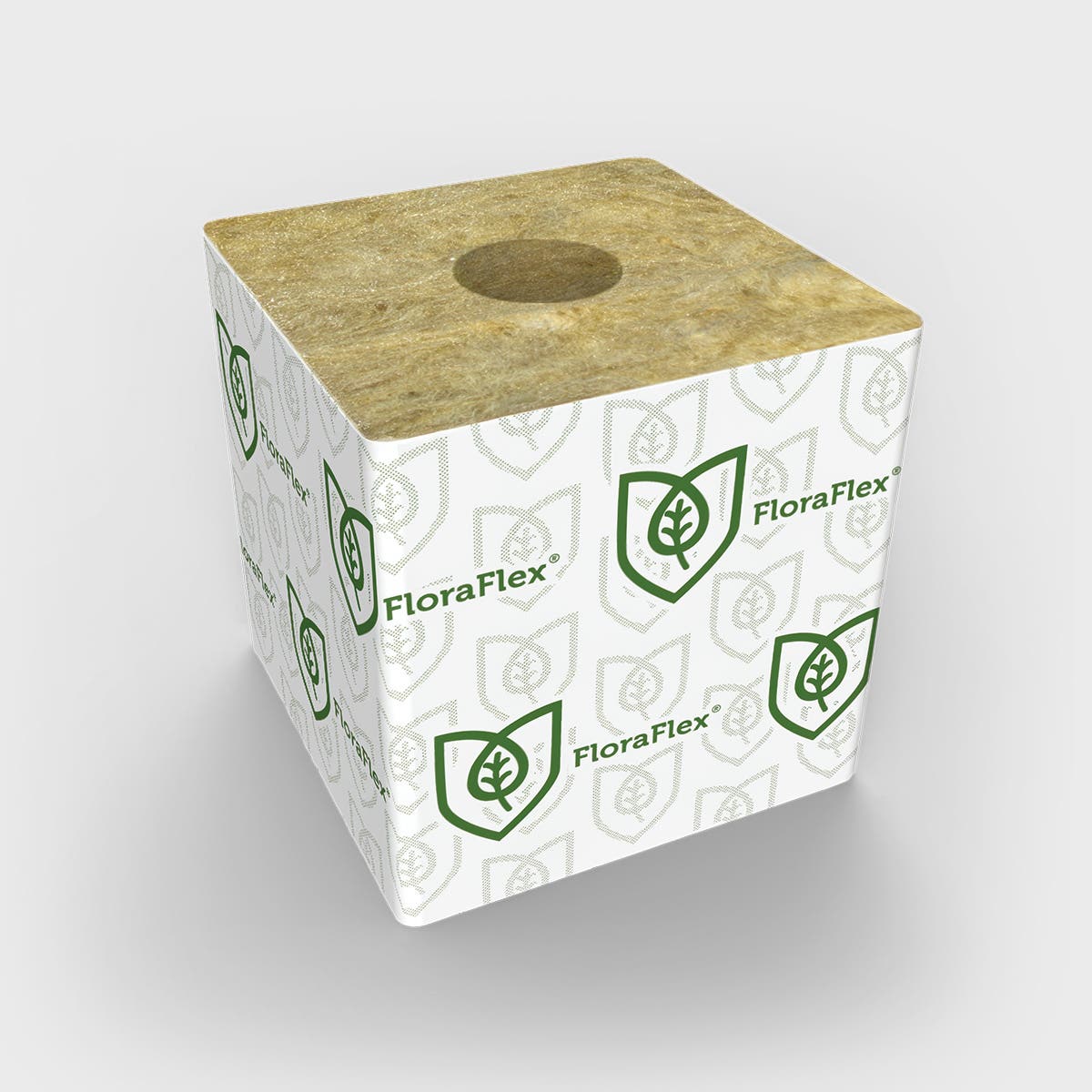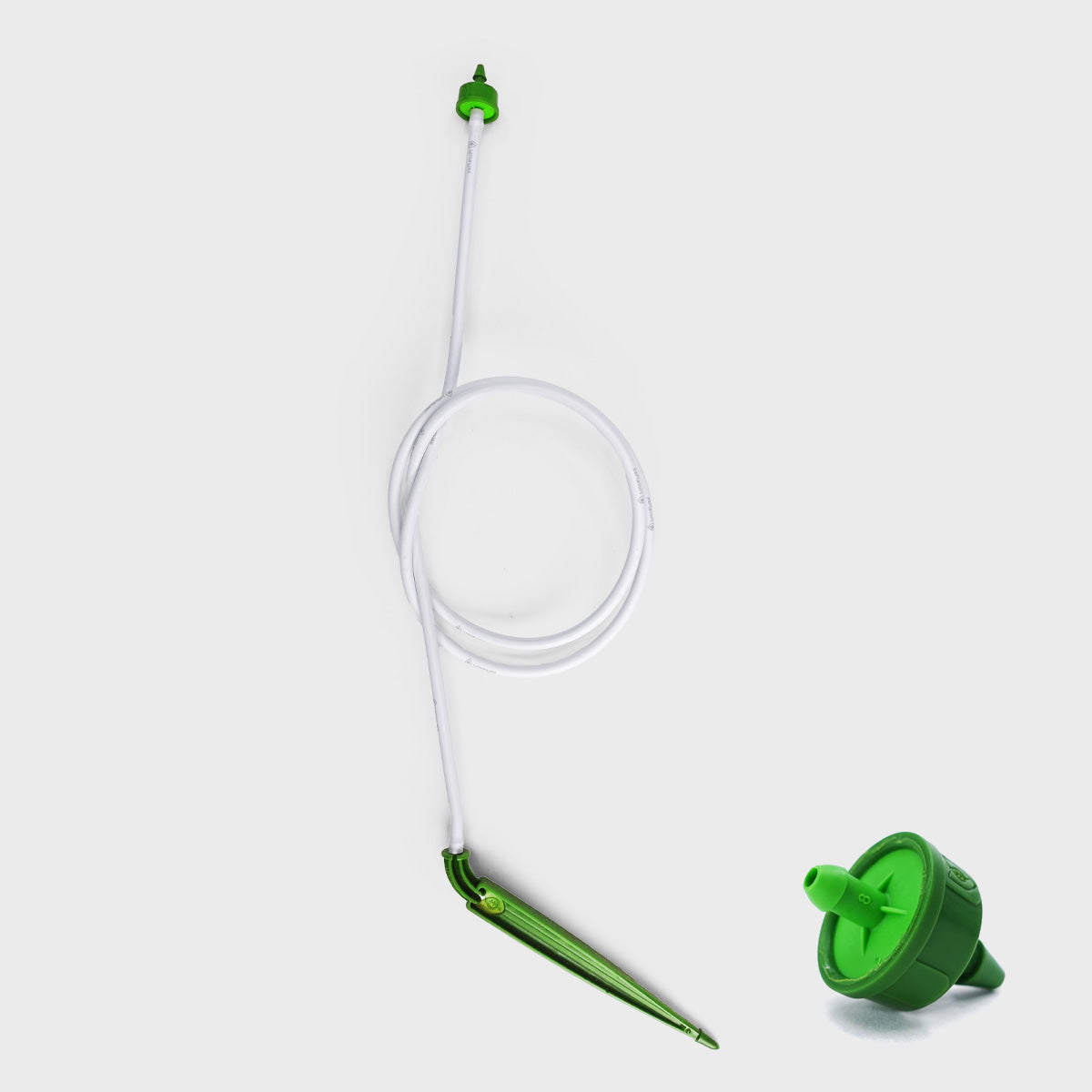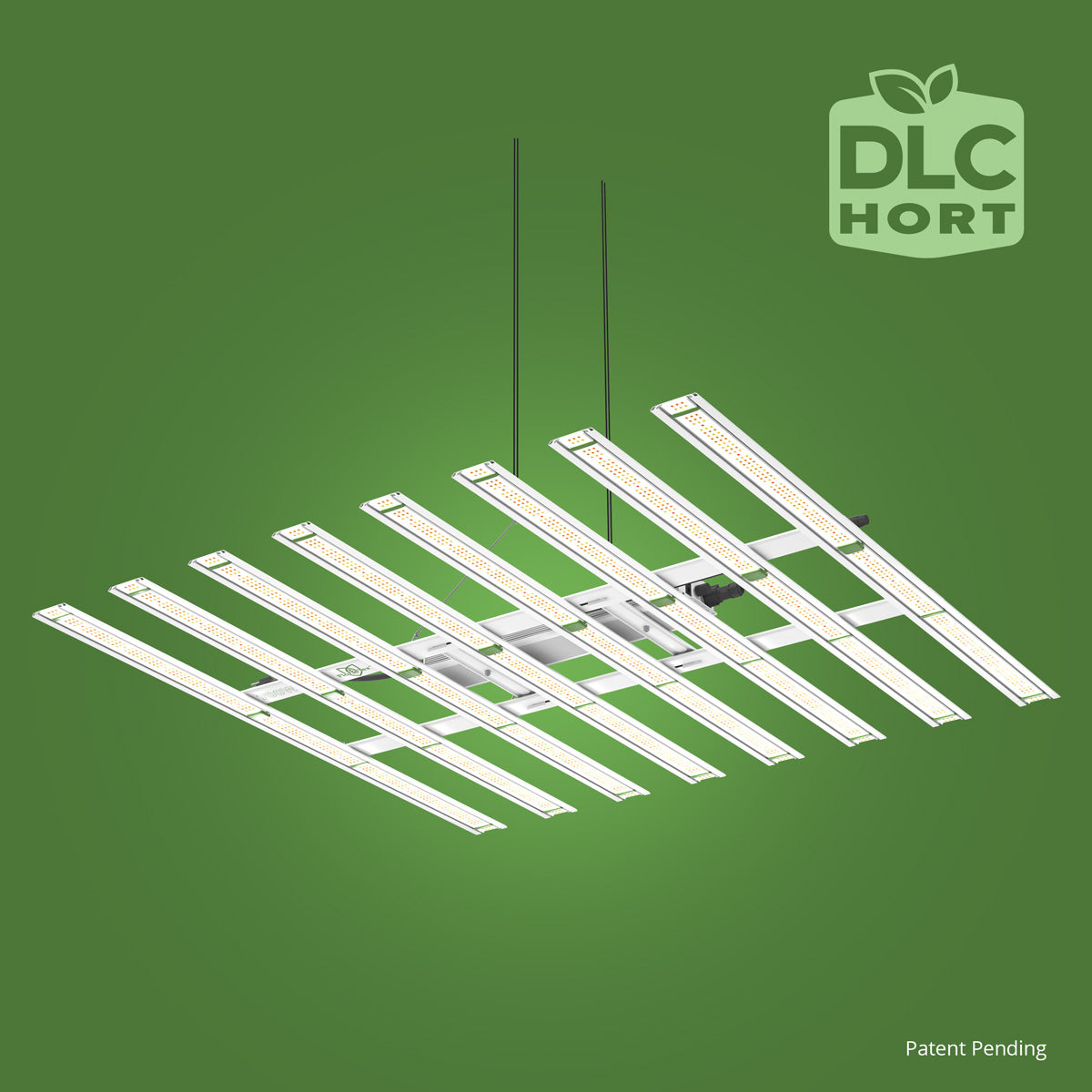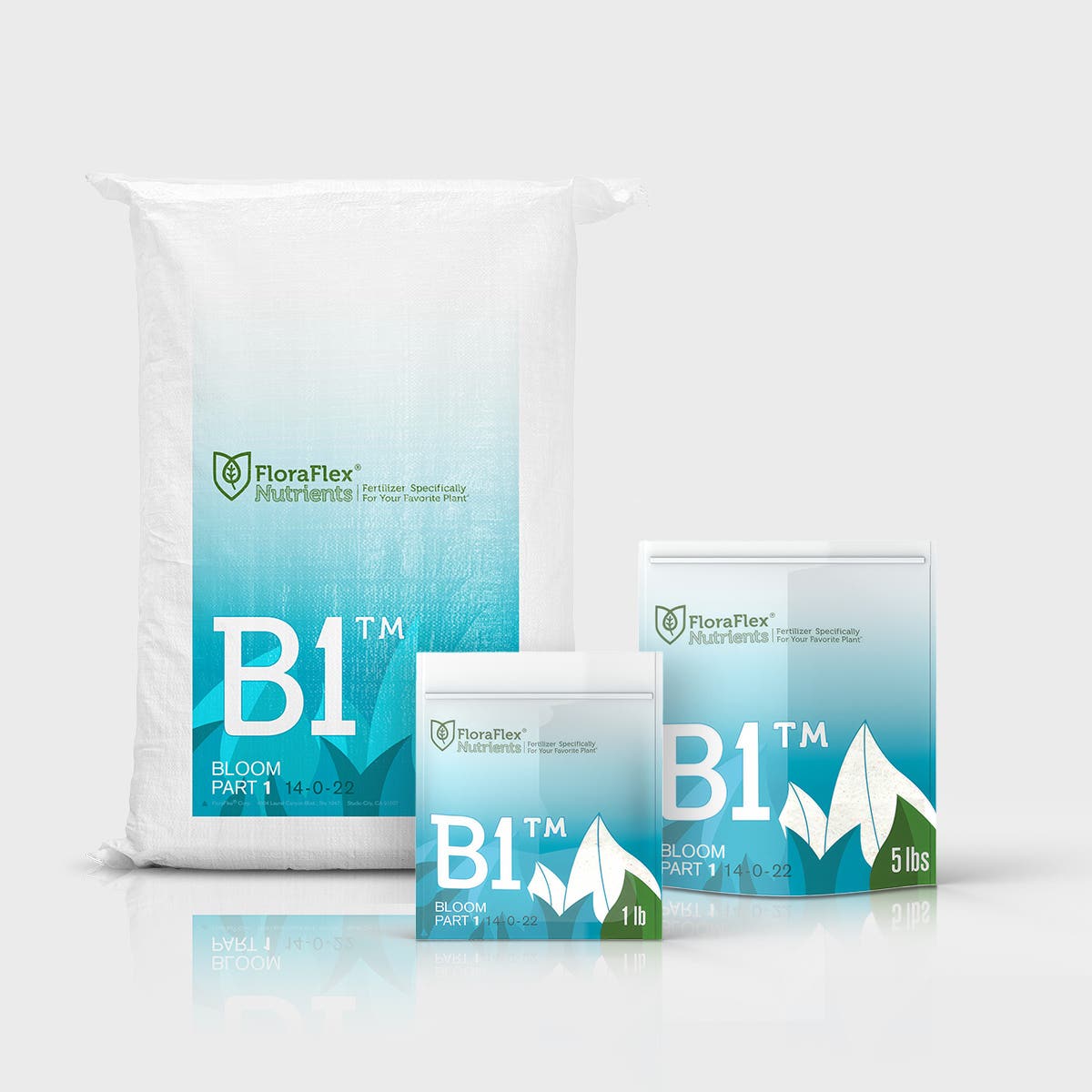Cannabis cultivation has been an agricultural practice with deep historical roots and modern commercial significance. As this crop continues to gain worldwide attention for various purposes, growers are increasingly seeking optimal methods to maximize yield, quality, and sustainability. Among the critical decisions for cultivators is whether to use soil or soilless growing mediums. In this article, we'll delve into both systems, offering insights and tips for successful cannabis cultivation, and we will highlight innovative solutions from FloraFlex.
Understanding Soil-Based Cultivation
The Basics of Soil Cultivation
Soil-based cultivation is perhaps the most traditional method of growing cannabis. Soil acts as a natural medium providing nutrients, water retention, and structural support. Rich, well-aerated soil is essential for the healthy growth of cannabis plants, offering a balanced environment where roots can thrive.
Advantages of Soil Cultivation
- Nutrient Compounds: Soil naturally contains vital nutrients such as nitrogen, phosphorus, and potassium. This reduces the need for frequent fertilization.
- Microbial Activity: Soil is home to beneficial microorganisms that aid in nutrient absorption and plant health.
- Buffering Capacities: Soil acts as a buffer, moderating environmental fluctuations and reducing the risk of shock to plants.
Considerations for Soil Cultivation
While soil can offer benefits, it also presents challenges such as the potential for pests and diseases. Regular monitoring and maintenance are vital to address these issues. Selecting the right soil type, pH balancing, and periodic amendments are crucial for success.
An Introduction to Soilless Cultivation
Defining Soilless Cultivation
Soilless cultivation eliminates traditional soil in favor of alternative substrates. These can include peat moss, coco coir, perlite, vermiculite, and rock wool. Soilless systems are often hydroponic or aeroponic, though some utilize batch-fed concepts.
Benefits of Going Soilless
- Control Over Inputs: Soilless systems allow precise control of nutrient delivery, enabling growers to adjust concentrations according to plant stages and conditions.
- Reduced Pest Incidence: With soilless mediums, the likelihood of soil-borne diseases and pests diminishes significantly.
- Rapid Growth Rates: Such systems often promote faster growth due to optimal nutrient availability and consistent root access to nutrients and oxygen.
Challenges of Soilless Methods
Despite their benefits, these systems require more vigilant monitoring. Regular checks of pH and electrical conductivity are necessary to ensure optimal plant health. Moreover, the initial setup can be complex and requires an understanding of nutrient solutions and system maintenance.
Leveraging FloraFlex Products for Optimal Results
FloraFlex is recognized as a leading innovator in developing tools and products to boost agricultural efficiency and effectiveness. Their solutions cater to both traditional soil and modern soilless practices. Here's a highlight of some cutting-edge products that fit perfectly in these contexts:
6" FloraFlex Wool (Basalt Derived)
One standout product for soilless cultivation is the 6" FloraFlex Wool (Basalt Derived). This basalt wool substrate offers several advantages:
- Superior Water Retention: The wool provides excellent moisture retention capabilities, making it ideal for consistent hydration.
- Enhanced Airflow: The structure supports optimal root aeration, crucial for preventing root rot and promoting healthy growth.
- Environmentally Friendly: Derived from basalt, it represents a sustainable option compared to traditional substrates.
This product showcases how FloraFlex is leading the charge in innovation and support for cultivators seeking effective soilless solutions.
Comparison of Soil and Soilless Cultivation
Each system has distinctive advantages and trade-offs, but choosing between them generally depends on the grower's specific goals, available resources, and level of expertise.
| Aspect | Soil Cultivation | Soilless Cultivation |
|---|---|---|
| Nutrient Control | Natural soil nutrients; supplemental feeds | Precise nutrient control through solutions |
| Growth Rate | Steady, natural pace | Generally faster due to optimal conditions |
| Pest Management | Greater risk of soil pests | Reduced risk with sterile media |
| Initial Setup | Simpler, may have lower initial costs | Complex and often more expensive initially |
| Environmental Impact | Organic if using natural soils | Varies; can be sustainable with correct practices |
Tips for Choosing the Right Method
- Assess Your Environment: Choose a method that best suits your climate, available space, and water resources.
- Understand Your Goals: If your priority is rapid growth, soilless might be the right choice. For more natural growing conditions, stick with soil.
- Level of Expertise: Beginners often start with soil due to its forgiving nature, while experienced growers might prefer the precision of soilless systems.
Conclusion
Both soil and soilless cannabis cultivation present unique opportunities and challenges. By leveraging reliable products such as those from FloraFlex, growers can enhance their operations tailored to their individual needs and preferences. Whether you're a seasoned grower or new to the field, understanding these methods will empower you to cultivate healthful, vibrant cannabis plants successfully.
Remember that no matter which method you choose, careful planning, diligent maintenance, and a commitment to learning best practices are pivotal in achieving cultivation success.


